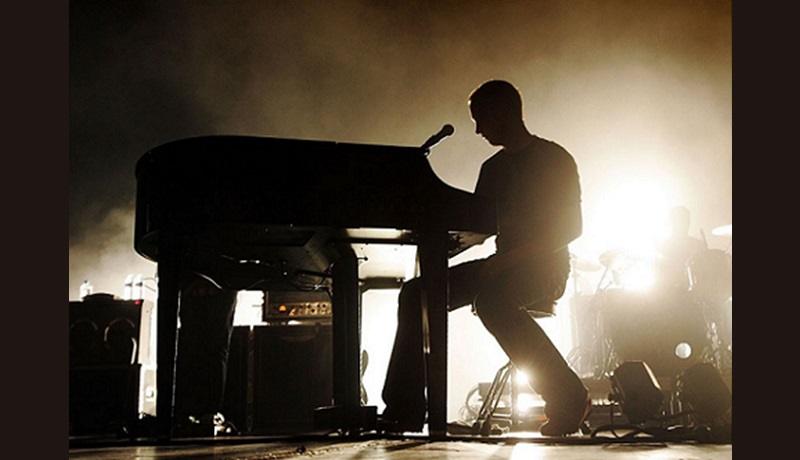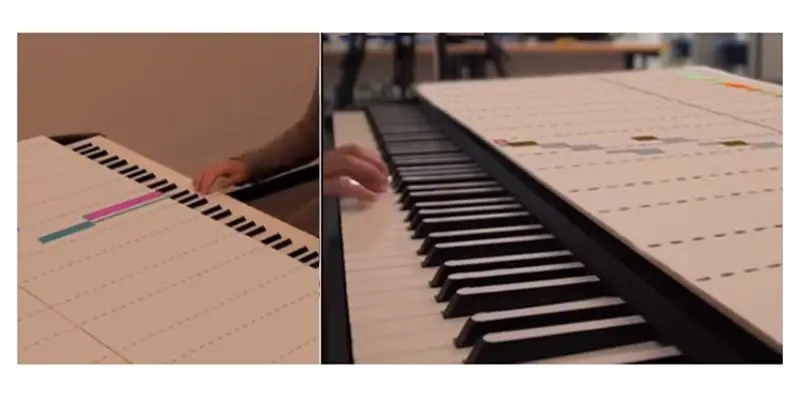
There are many who feel that learning to play the piano is difficult, especially when you have to read the music and play on the piano. However, there are ways to deal with this challenge. Many piano keyboard players have learned to play the instrument by Ear, and even you can do it with these tips and techniques.
Learning to play piano by ear has always been a controversial topic. Music teachers hate suggesting this method to students because the students then don’t try hard to learn the notation part. There are some teachers who claim that this method is easier and it reinforces key listening skills.
Playing by Ear simply means trying to play a song without the written notes in front of you. Learning anything takes time and same is the case with learning a keyboard or a Piano. Of course, it is not going to take you years to play something which is pleasant to the ears. On a keyboard especially, with all those accompaniments and sounds, you should be able to play decent sounding stuff (simple songs though) in a few weeks time.
However, you should understand that you still need to learn the basics, like how notes are written on a staff, the different kids of note (quarter note, half note, etc, about rhythm (4/4, 2.4 meter, etc). It’s just that you don’t need to have the written notes in front of you all the time to be able to play (most classical pieces are played like that).
So which method is better – playing By ear or by reading notation? Read further to find out.
Playing By Ear Explained
Playing the piano by ear is a process where the pianist learns to reproduce a song by first, listening to it and second, by attempting to copy what was heard. This pattern of “listen-and-play” is of course repeated until the pianist faithfully reproduces the song from memory.
The pianist is said to have relative pitch if he can detect the pattern of the music by ear but not necessarily the key it’s played in. He is said to have absolute or perfect pitch if can detect the key a song is played in but not necessarily the pattern. Developing both is ideal.
A lot of well known musicians play by ear. They cannot sight read and some of them never had a teacher in their life.
In spite of that they are very good at their art. So is it really possible to play without having to sight read?
Yes! It is indeed possible.
Have you ever seen anybody playing in a band reading sheet music? But if you think there is some technique which will help you to start playing immediately, you are mistaken. There is no short cut here. You will need to spend time on your instrument and you will need to know all the scales and chords. You will have to do a lot of listening exercises.
Once you know all your scales, it becomes slightly easier to play by ear. This is because most of the songs use the notes of a scale on which the song is based. By constantly trying out all the notes of the scale, it is possible to get the complete song all by yourself. Anyways it’s a good practice to spend some time doing ear training every day. Make it part of your daily practice session.
Common Complaints On Both Sides Of The Coin
In the traditional method, pianist plays music from notation or sheet music. A common complaint among many traditionally trained pianists is that that can not play music unless they’re seated in front of some kind of sheet music. Of course those who already know how to play piano by ear complain that they can’t read sheet music! What we need here it seems, is a nice balance of these two talents so that a pianist trained in both approaches can play music in any situation.
Can’t They Both Just Get Along?
One thing is for sure and that is that both learning methods can be learned. This means that playing by ear can be learned too. Some people can seemingly sit down and play any song that they hear, but chances are that they’ve had plenty of practice — not necessarily at playing a song — but at listening.
More Methods to Learn to Play by Ear
Here are a couple of more methods that musicians use to train their ears, and which actually works well.
- First is where they train their ears to understand intervals, and the distance between two notes. Over a period of time, your ears will start recognizing the thirds, sevenths, fifths, and even the other intervals.
- The second strategy is where you remember one note (reference note), which you train your ears to remember and recall. You can then use that as a reference to find out the other notes (more of relative pitch).
A good ear training software can help you make your daily practice session more effective.
Here’s a video that gives useful tips on how to play the piano by ear.
Don’t Skip Sight Reading
Even if you decide to play be ear, it is always a good idea to know the basics of sight reading. It is not at all difficult!
You just have to learn to read some symbols, which basically tells you two things, which keys to play and for how long.
The Value Of Listening
Actively listening is the most important thing if you want play piano by ear and although it seems pretty obvious, skilled pianists of this approach have trained themselves to listen for specific things. One of these things is chords. By listening for specific chords in a song, a “play-by-ear” pianist will know where to start when it’s his or her turn to reproduce that song.
So for example, if a pianist hears a song that’s pretty heavy on major chords, he’ll know where most of the notes are situated on the keyboard. If she listens to some music and discovers that the song barely moves out of the F scale, she’ll know the range of keys to use. You can do the same too by carefully listening to the music that you hear and by trying to find patterns that you’re familiar with.
Once you can identify and reproduce those patterns, the rest of the song should come about fairly naturally since melodies are for the most part, extensions of chords and scales. Of course, the better listener that you become, the better you’ll play the piano. And that’s true whether you choose to play piano by ear or traditionally with sheet music.
So there’s no doubt that learning to play the piano by ear is possible, it doesn’t mean that you should never learn to read music notations.
Products that Helps Learn to Play the Piano Without Reading Music
Here’s a device, formally called the Projected Instrument Augmentation System (developed in Germany) that projects a stream of colorful blocks representing notes onto the piano in a manner resembling popular video games like Guitar Hero.

So the product looks attractive, and does make the entire think look cooler and much easier.
Although the device was ready last year and there was a demo video online , the demo video was widely circulated online after gaining attention on Reddit.
“A colourful keyboard projection system helps novices learn to play the piano without reading music,” the New Scientist said of the invention on YouTube.
Several of those who saw the video wished it was available to them. Checkout the demo video of the product here.
Learning to play the piano on your own? You will first need a nice keyboard instrument, preferably with fully weighted keys. Here’s a complete guide for beginners.
KeytarHQ editorial team includes musicians who write and review products for pianists, keyboardists, guitarists & other musicians. KeytarHQ is the best online resource for information on keyboards, pianos, synths, keytars, guitars and music gear for musicians of all abilities, ages and interests.



Leave a Reply